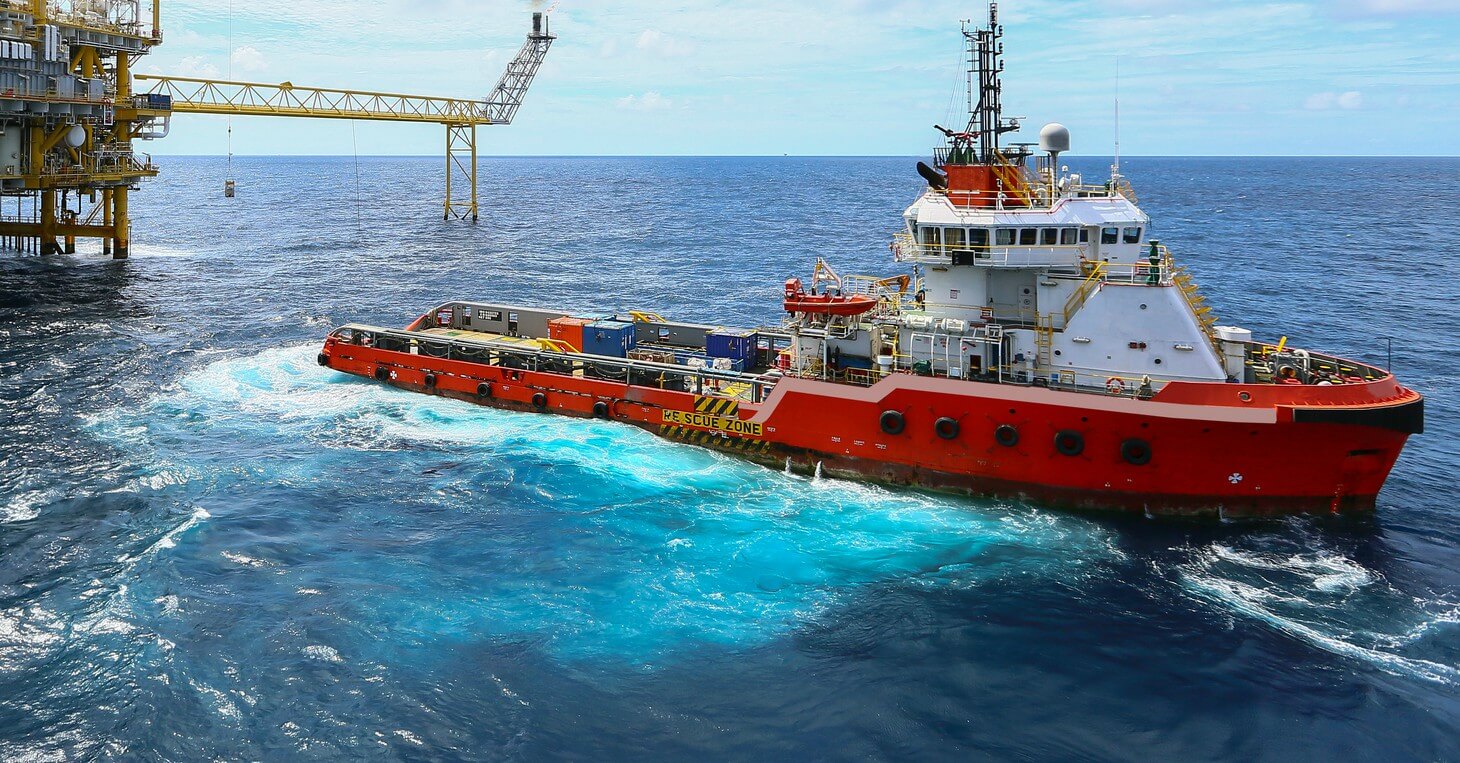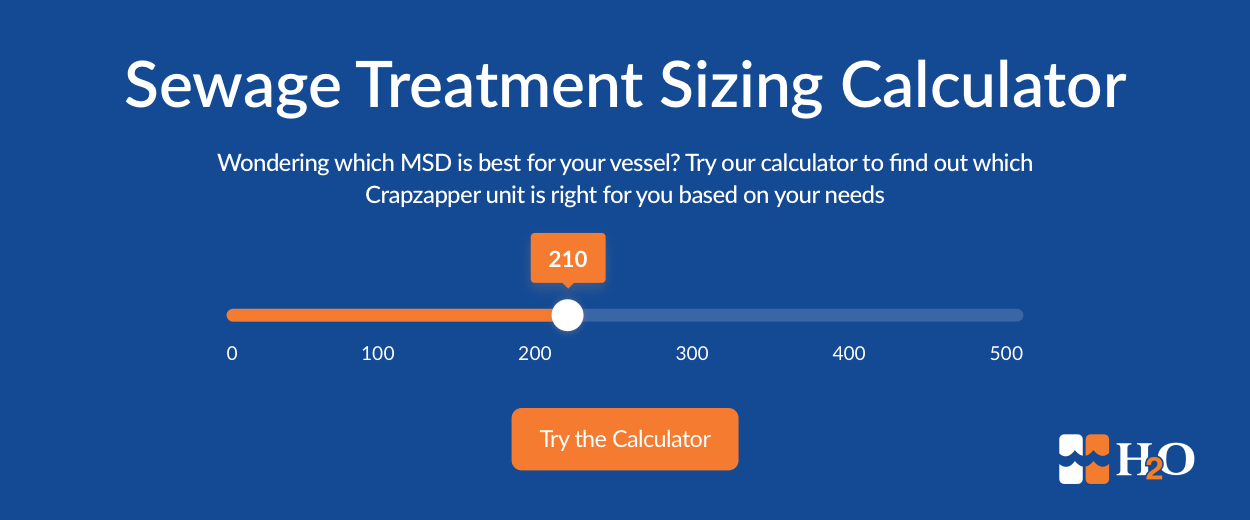
When you’re crafting, purchasing, or maintaining your vessel, it can be easy to get caught up in the exciting specifics of boat care: the equipment you use to perform daily tasks, the engines and motors your boat needs, and other aesthetic or performance upgrades.
Other systems, such as your vessel’s marine sanitation device (MSD), can often go unnoticed. However, your MSD is crucial to the enjoyable, safe function of your boat. Just imagine what would happen if you didn’t have a properly working sewage treatment system. The resulting smells, sights, and gross sludge would be unpleasant, to say the least.
Just as there are a wide variety of vessels and offshore rigs, there are different types of marine sanitation devices that suit various types of boats. Having the wrong MSD might seem like a trivial matter, but that’s not the case. Having the wrong MSD can result in:
- Overloading your system (leading to smelly, unsafe conditions)
- Coast Guard fines
- Frustrating and time-consuming maintenance projects
- High replacement costs
Fortunately, it’s relatively simple to find out which type of MSD would best suit your vessel. In this blog post, we’ll cover the different types of marine sanitation devices you’ll see.
The Different Types of Marine Sanitation Devices: What You Need to Know
There are three different types of marine sanitation devices, according to designations set by the U.S. Coast Guard.
Type I
Type I marine sanitation devices consist of an onboard treatment device that the sewage you generate can flow through. As the sewage flows through, it gets treated so that you can safely discharge the byproduct off your vessel.
This type of marine sanitation device takes a physical approach to treating sewage. This means that a Type I MSD pulverizes and macerates all sewage it pipes in. After that, the resulting mass is disinfected with specialized chlorine tablets. These tablets work to neutralize the sewage, reducing the levels of harmful bacteria it hosts down to safe (and Coast Guard approved) limits.
In some cases, a Type I marine sanitation device might use electrodes to speed up and enhance the disinfection process.
Once the sewage mass is safe, a Type I marine sanitation device will discharge it from your vessel (as long as you’re in an area in which that is an accepted practice). Typically, you’ll see Type I MSDs on smaller recreational boats—ones that are 65 feet in length or smaller.
For larger vessels, we turn to another class of device.
Type II
Type II marine sanitation devices are also flow-through devices: Sewage is deposited in one end of the sewage treatment system, piped through, treated, and then discharged off your vessel. This type of system is nice because you don’t have to hold sewage sludge on your vessel for a long period of time.
Type II MSDs differ from their Type I counterparts in the way they treat sewage. Whereas Type I MSDs take a physical approach to treatment, Type II MSDs rely on biological or aerobic digestion of the waste. Through the use of oxygen-dependent bacteria, the waste is broken down and then treated with a disinfectant.
Wondering what sets this type of device apart from Type I devices? Bacteria-enabled biological treatment often produces lower bacterial levels than Type I physical treatment—which makes it easier to meet Coast Guard standards for safe discharge, and less likely that you’ll face fines. These MSDs are common on larger commercial boats and production platforms because they’re efficient at what they do.
Type III
Type III marine sanitation devices are simpler than the previous types. These MSDs simply consist of a holding tank, which prevents the overboard discharge of untreated sewage. Because they’re less complex, but also less effective at treating waste, these MSDs are usually appropriate only for smaller recreational boats.
Need Help Determining Which Type of MSD Is Best for You?
When you’re choosing an MSD for your vessel, you need to make sure that you’re making the right decision. Doing otherwise could lead to steep fines and excessive maintenance before ultimately forcing you to replace your system. Save yourself that trouble and pick the right MSD for your vessel the first time around.
If you need any assistance with maintenance for your sewage or water treatment systems, H2O LLC is a knowledgeable, accessible, and friendly resource for your questions, as well as any support and maintenance you need. To make choosing the ideal marine sanitation device easy, check out H2O LLC’s easy-to-use online calculator.

